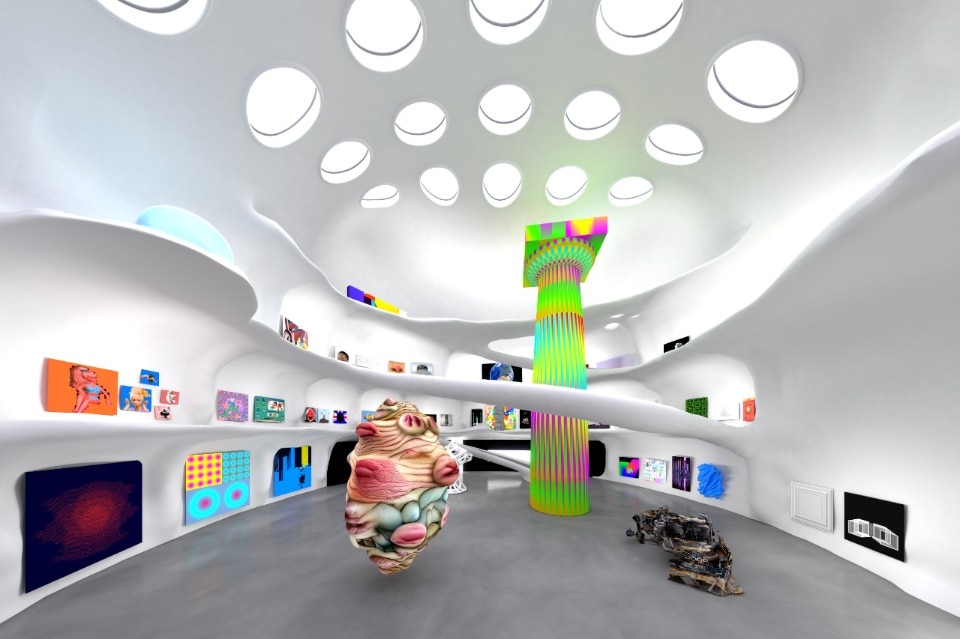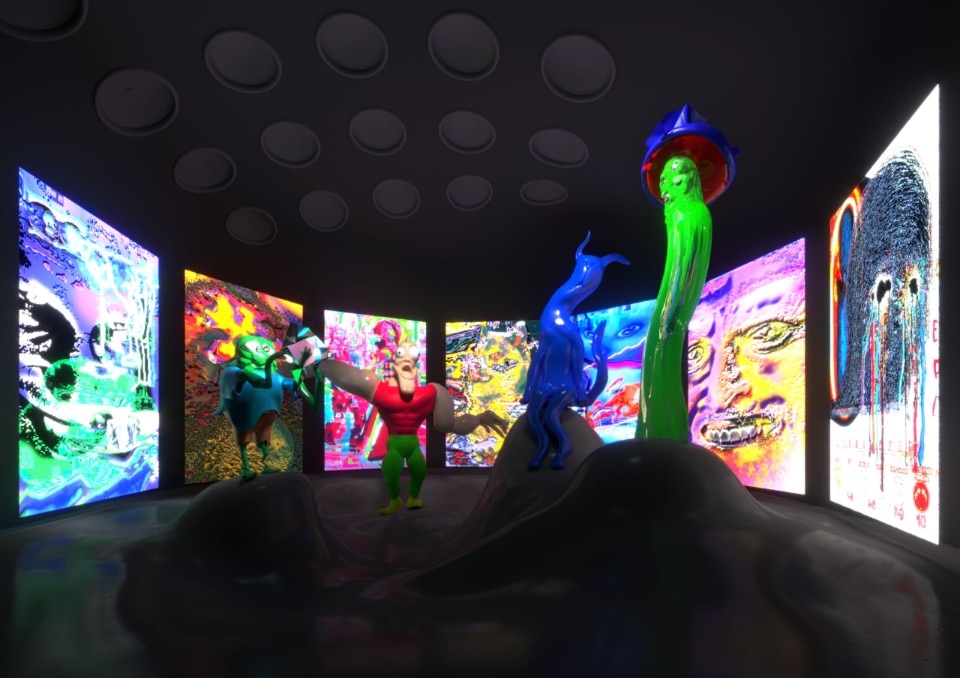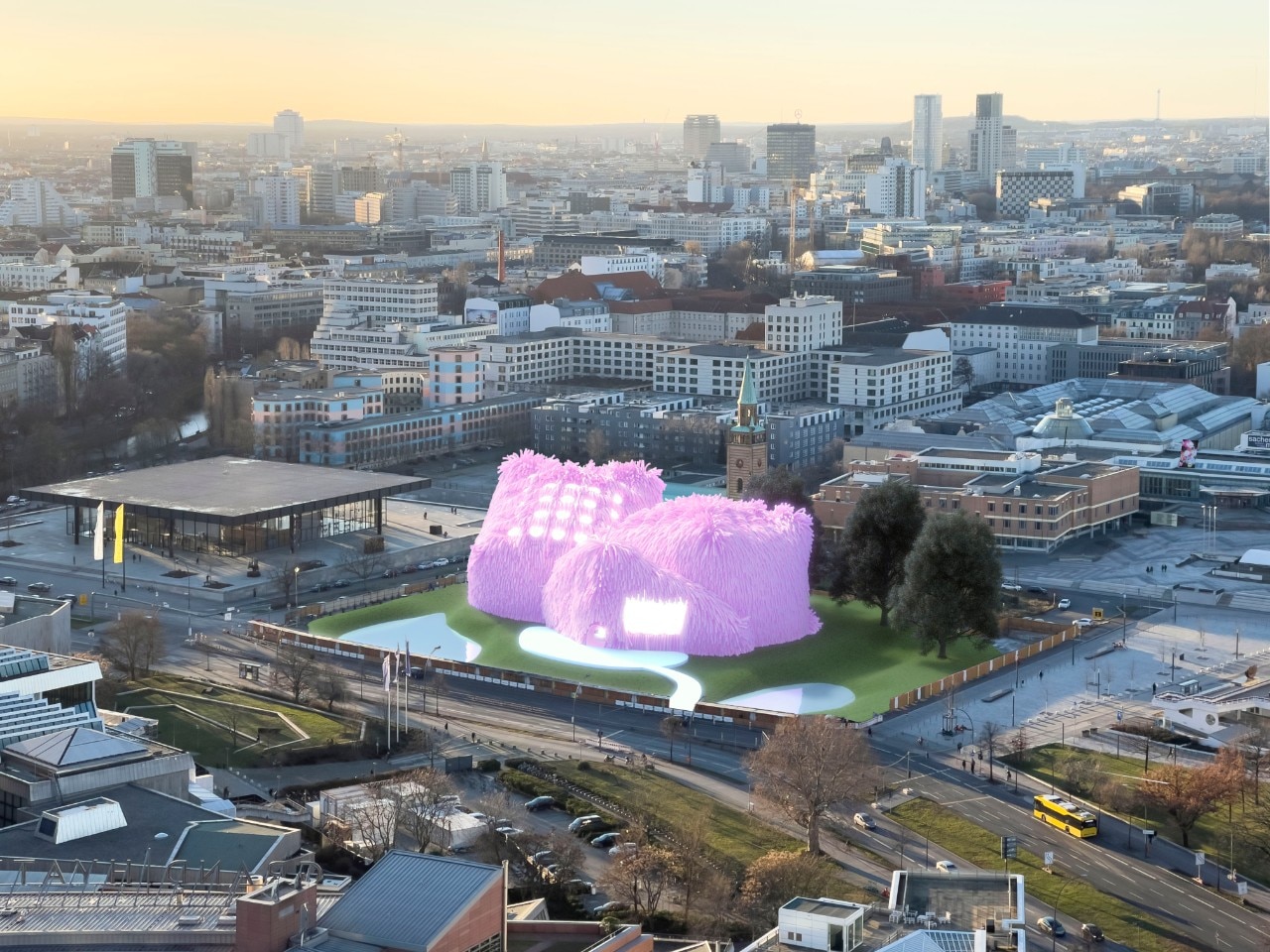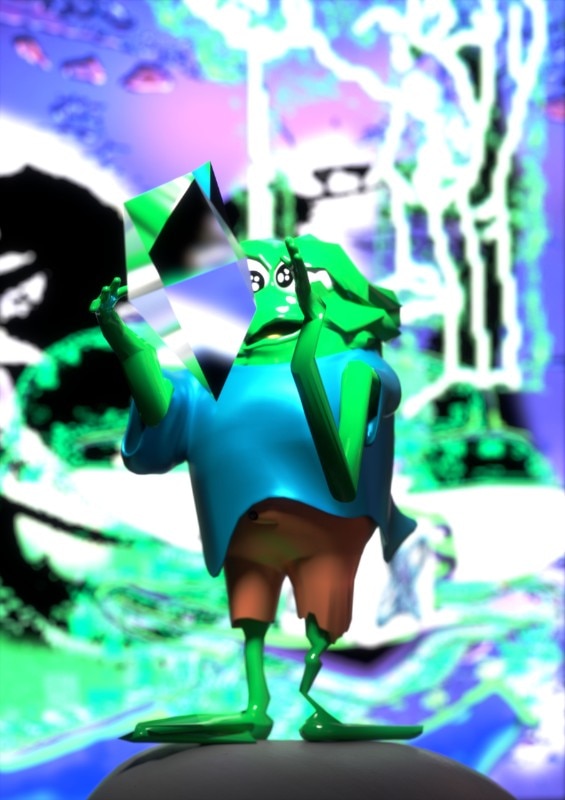The Wrong Biennale “is an independent, multicultural, decentralised and collaborative international art biennial”, with a strong digital base, founded by Spaniard David Quiles Guilló in 2013, long before the pandemic forced us home and the NFT-related frenzy and speculation put digital art in the spotlight. The event is now celebrating its sixth edition.
The digital biennial unfolds through Virtual Pavilions and Embassies in the physical world, complemented by numerous online and live events around the world. These initiatives are the result of the efforts of local curators and artists, with the support of The Wrong Studio. If the 2018 edition was celebrated by the New York Times as “the digital world’s answer to Venice”, hosting artists and curators such as Elisa Giardina Papa, Marisa Olson, Lorna Mills, Kamilia Kard, El Popo Sagre, Systaime, and Patrick Lichty, today, in the wake of the NFT Craze, we encounter a necessarily diverse landscape with projects delving into the Web3 and metaverse discourse, such as “Homo Metaversus: The Transition” or “Superinternet World”. There are also transmedia and nostalgic initiatives that hark back to the post-Internet and Net Art era, such as “Post Animals”, “Covid 1984”, and the explicitly titled “Net Art Died But Is Doing Well”.

The New Float initiative, the Berlin pavilion curated by Manuel Rossner, is an interesting hybrid of the two currents. As Rossner puts it, “after a peak of interest in digital art during lockdowns and headlines mostly on speculation, the focus is now on what the actual qualities of the medium are and what it can tell us about ourselves and our communities in uncertain times”. Although founded in 2022 as a “virtual museum” to address the “urgent need for a museum for digital art and NFTs in Berlin”, New Float also keeps the spirit of the pre-NFT craze digital artist community alive. It achieves this by hosting prominent figures in the net art world, including Simon Denny, Sofia Privet, Rafaël Rozendaal, Kim Asendorf, and Casey Reas in its digital space.
How to communicate and especially how to co-create during the era of post-truth, propaganda, deepfakes, and the total clusterfuck of aesthetics and symbolic languages?
Clusterduck
Moreover, New Float’s gallery is symbolically located in a highly debated physical space – the barren land where the ambitious construction of the new Herzog & de Meuron Museum of the 20th Century Art is underway, across from Berlin’s iconic Neue Nationalgalerie. The digital space, accessible online, is complemented by a structure visible in augmented reality, overlaying the expansive construction site that now dominates the difficult space between the Kulturforum and Potsdamer Platz.
This is an intentional and strategic choice, as explained by Rossner: “The goal of NEW FLOAT is to reflect on digital culture and to bridge the gap between online and offline spaces. With our completely digital building next to Berlin’s Neue Nationalgalerie, we invite visitors into a new reality that exists between the physical structure and the coded environment”.

For this edition of The Wrong Biennale, Manuel Rossner has temporarily transformed his virtual museum into a digital pavilion. He has opened a new room dedicated to the Clusterduck collective’s Solo Show, titled “Deep Fried Feels”. According to Clusterduck, this transmedia work serves as the first preview of a project developed during their residency at the Paul Thorel Foundation. The full project is set to debut in March at Gallerie d’Italia in Naples and will then travel to various institutions and museums. The work “processes the trauma of information loss in the world of complex infrastructure”. As Rossner highlights, “the collective’s incredible achievement is to display, intensify and at the same contextualize online-phenomena that are too fast and nebulous to pin down”. Beyond the hyper-saturated images and amusing characters lies Clusterduck’s exploration of tragically urgent questions: “How to communicate and especially how to co-create during the era of post-truth, propaganda, deepfakes, and the total clusterfuck of aesthetics and symbolic languages?”
Much like “fried memes” that gradually lose information as they circulate across platforms and chats, becoming abstract paintings where colors, details, and the image’s meaning fade away, or like 3D avatars trapped in a lag with awkward expressions due to inadequate computer hardware, wifi connections, or graphics cards in extremely advanced metaverse platforms, or like the surreal, strange and cursed symbologies emerging from various generative AI software, exposing us to a disconcerting and incomprehensible world that hints at an “other” intelligence – Clusterduck’s work explores how hyper-mediated communication and the excessive production of content today make cooperation challenging, if not nearly impossible, in many fields of knowledge and action. It also disrupts in an almost irreparable way the transmission of those feelings that are essential to our humanity.
Hoping not to get lost in the rain of content and rage biting, the exhibition is accessible on the spatial.io platform.
Opening image: The exterior of the New Float Museum as seen in augmented reality.










